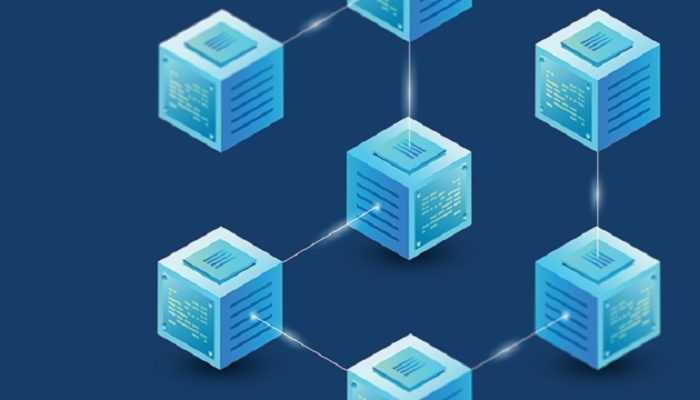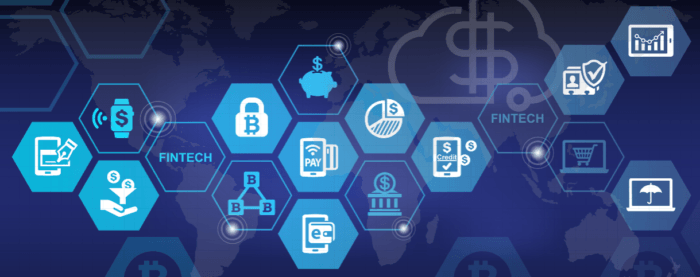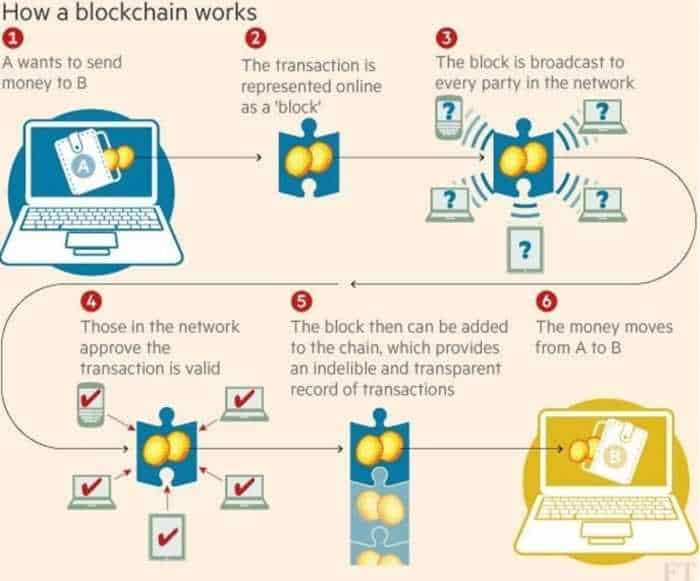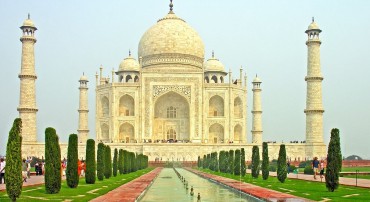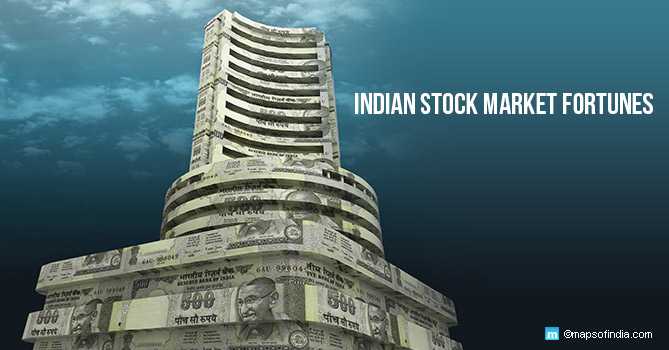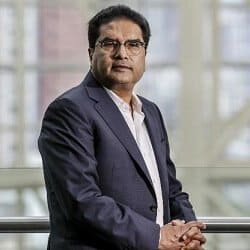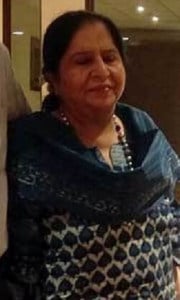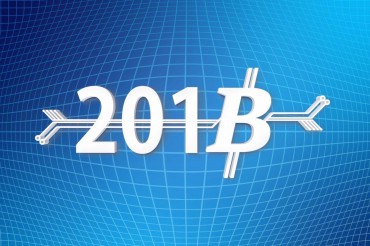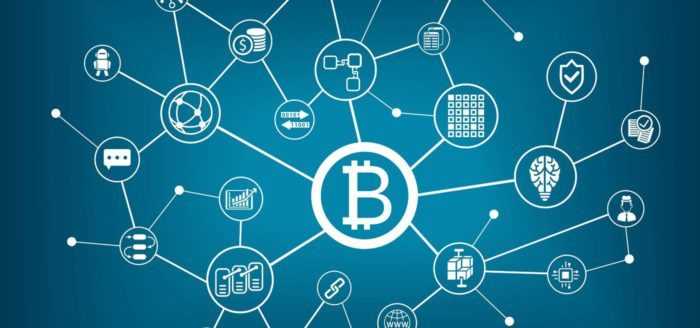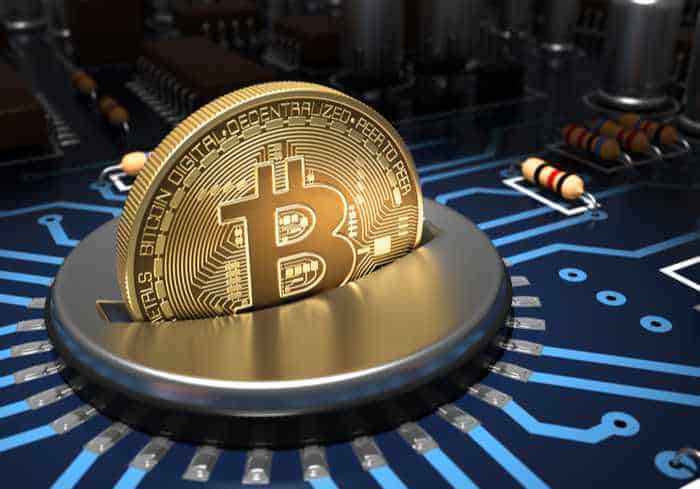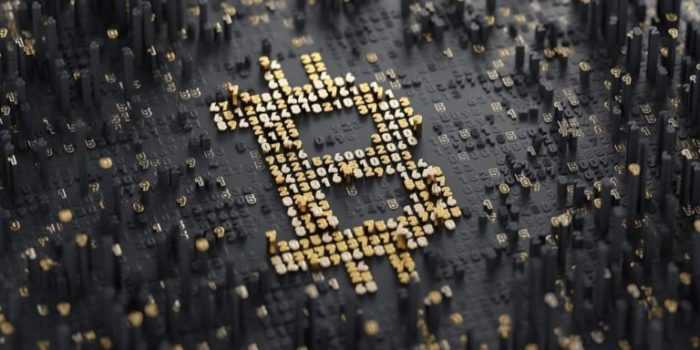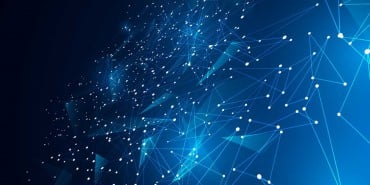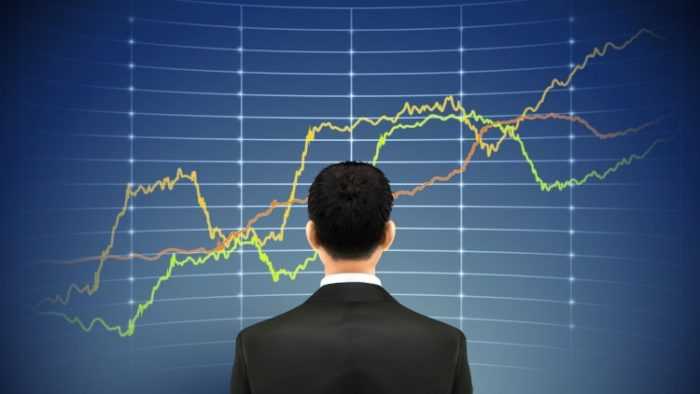
It is important to keep in mind that spreads are changeable.
By Guy Avtalyon
What is spread in trading? Before you realize that, you should understand that in the foreign exchange market prices are represented as currency pairs or exchange rate quotations. The relative value of one currency unit is expressed in the units of another currency. BID is the exchange rate, applied to a buyer who wants to buy a quote currency. It is the highest price at which a currency pair will be bought. ASK is the price the lowest price that a currency pair will be offered for sale. BID is always lower than ASK.
The difference between ASK and BID is a spread. It represents brokerage service costs and replaces transaction fees.
When you study the financial markets, you’ll notice three different prices: the market price, buy price, and sell price. The difference between the buy and the “sell” price is spread. It’s a simple concept, but one that could have a significant impact on the profitability of your trades.
Spread is expressed in pips, to the fourth decimal place in currency quotation.
More about what is spread
In the most general sense, a spread is a difference between two similar measures. In the stock market, for example, it is the difference between the highest price – bid and the lowest price – ask.
But, for example, with bonds, the spread is the difference between the yields on bonds that have the same investment class but different dates of maturity. For example, if the yield on a long-term Treasury bond is 5%, and the yield on a Treasury bill is 2%, the spread is 3%.
The spread is also the difference in yields on securities that have the same maturity date but have a different investment quality. For example, there is a 4% spread between a high-yield bond paying 9% and a Treasury bond paying 5% that both come due on the same date.
The spread also indicates the price difference between two different derivatives of the same class.
For example, you can easily notice the spread between the price of the November corn futures contract and the February corn futures contract. The portion of the spread is the cost of “carry”. However, the spread extends and narrows, caused by changes in the market. Well, in this case, the corn market.
More answers to what is spread in trading
It is a difference between the asking price and an offer. For example, if the seller was asking $2 million but the offer was only $1,5 million, the spread would be $500,000.
Also, it is a difference between the cost of money and the earning rates.
For instance, a mortgage banker is able to borrow money at 6% interest because of its excellent credit and high net worth. It then loans that money out on moderately risky ventures at 14% interest. The spread is 8%.
What is spread trade?
A spread trade is the buying of one security and sale of related security as a unit (this is so*called legs) simultaneously. A spread trade is executed with options or futures contracts as the legs, which is most usual. But also traders can use other securities sometimes.
A spread is a difference between ASK and BID price. It represents brokerage service costs and replaces transaction fees.
These types of spreads are characteristic for Forex Trading:
Fixed spread – the difference between ASK and BID is kept constant and does not depend on market conditions. They are set by trading with firms for automatically traded accounts.
Fixed spread with an extension – a certain part of a spread is predetermined and another part may be adjusted by a dealer according to market.
What influences the Spread in Forex Trading?
There are several factors of spread influence in trading. The most important is currency liquidity. Popular currency pairs are traded with lowest spreads while rare pairs raise a dozen pips spread. The next factor is the amount of a deal. Middle size agreement is executed on quotations with standard tight spreads, while extreme agreements, no matter if too small or too big, are quoted with larger spreads due to higher risks.
On the volatile market, bid-offer spreads are wider than during quiet market conditions. Status of a customer also impacts spread as large-scale traders or premium clients enjoy personal discounts. Forex market characterizes high competition and as brokers are trying to stay closer to customers, spreads tend to be fixed on the lowest possible level.
Each trader should pay attention to spread management. Maximum performance can only be achieved when the maximum quantity of market conditions is taken into account. The successful trading strategy is based on effective evaluation of market indicators and specific financial conditions of a deal. The best tools for spread trading are a combination of forecasting, risk/return analysis, transaction cost evaluation. The spreads are changeable, so spread management strategy has also to be adaptable enough to fit market movements.
Like any other market, you’ll find spread in the Forex market. A spread is simply the price difference between where a trader may buy or sell an underlying asset. Or simpler Bid/Ask spread.
Spread’s costs and calculations
Since the spread is just a number, we need to know how to relate the spread into dollars and cents. If you can find the spread, finding this figure is very mathematically straightforward once you have identified pip cost and the number of lots you are trading.
For example, you can buy the EUR/USD at 1.3564 and close the transaction at a sell price of the 1.35474. That means as soon as our trade is open, a trader would have 1.4 pips of spread. To find the total cost, you have to multiply this value by pip cost and by the total amount of lots you trade. When trading a 10k EUR/USD lot with a $1 pip cost, you would incur a total cost of $1.40 on this transaction.
Remember, the pip cost is exponential. This means you will need to multiply this value-based off on the number of lots you are trading. As the size of your positions increase, so will the cost incurred from the spread.
What is important to know? It is important to remember that spreads are changeable. That means they will not always stay the same and will change from time to time. These changes come from liquidity, which may vary based off of-market conditions and expected financial data. To know current spread rates, always reference your trading platform.






